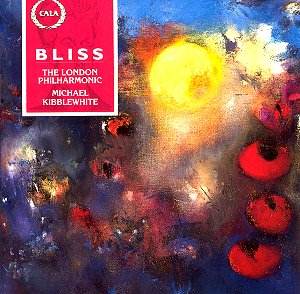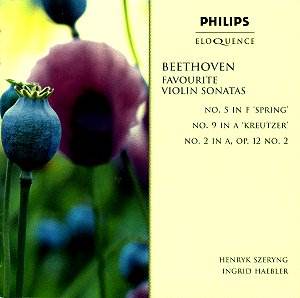 Composer: Johannes Brahms
Composer: Johannes Brahms
Works: Violin Concerto, Violin Sonata No. 1
Performers: Christian Ferras, violin; Pierre Barbizet, piano; Berlin Philharmonic Orchestra; Herbert von Karajan, conductor
Recording: 1964 (Concerto), 1968 (Sonata)
Label: Deutsche Grammophon Eloquence 457 298.2 [67’56]
Johannes Brahms, a titan of the Romantic era, composed works that deftly balance the weight of tradition with a deeply personal emotional undercurrent. His Violin Concerto, completed in 1878, stands as a monumental testament to the violin’s expressive capabilities, while the Violin Sonata No. 1, composed a decade earlier, showcases Brahms’s lyrical and structural prowess. The present recording features Christian Ferras, an esteemed violinist of the mid-20th century, alongside the Berlin Philharmonic Orchestra under the baton of Herbert von Karajan, whose interpretive insights enhance Brahms’s intricate textures and thematic depth.
Ferras’s interpretation of the Violin Concerto is marked by a distinctive intensity, albeit one that occasionally reveals a wavering vibrato that may polarize listeners. His entry, while passionate, lacks a certain centering that one might expect from a performance of this caliber. The orchestral sound, too, presents challenges; the soloists of the Berlin Philharmonic are at times overly pronounced in the mix, which can distract from the concerto’s intricate dialogue. Nevertheless, Karajan’s conducting shines through in moments of thematic contrast and orchestral color, notably at 5’15”, where he elevates the lower strings’ passage into a moment of vivid musical storytelling. This attention to detail showcases his ability to maintain the concerto’s internal logic without sacrificing dynamism.
The first movement’s cadenza, based on a version by Kreisler, illustrates both the strengths and weaknesses of Ferras’s style. While he navigates the technical demands with admirable control, his tonal quality occasionally veers towards acidity, which can detract from the lush lyricism inherent in Brahms’s writing. The second movement, though rich with orchestral solos, feels slightly overindulgent, with Ferras’s passagework at 3’30” revealing a fragility that contrasts with the orchestral opulence surrounding him. His expressiveness is commendable, yet moments of excessive relaxation in the finale risk undermining the movement’s dramatic intent.
Turning to the Violin Sonata No. 1, the recording with Barbizet captures a fresh and generous interpretation, yet once again, Ferras’s characteristic vibrato emerges. This sonic trait, while contributing a unique edge, may obscure some of the tonal richness that Brahms’s melodic lines demand. The adagio, in particular, offers a wealth of lyric intensity, though it lacks the opulence that would elevate the emotional impact of the music. The interplay between Ferras and Barbizet is indeed compelling, revealing a partnership that thrives on the tension and release intrinsic to Brahms’s style.
Sound quality in this remastered release is commendably clear, allowing listeners to appreciate the intricate orchestral fabric crafted by Karajan. The balance, however, does occasionally favor the orchestra, which may detract from the soloist’s voice, particularly in climactic passages. Compared to other notable interpretations, such as those by Itzhak Perlman or Anne-Sophie Mutter, Ferras’s performances may not resonate as universally, as they embody a more idiosyncratic approach that will appeal to some while leaving others wanting.
The complexities of Ferras’s interpretations, coupled with Karajan’s insightful accompaniment, create a performance that is both provocative and illuminating. While the recordings may not serve as definitive renditions of Brahms’s works, they offer a distinctive perspective that merits consideration. The nuanced dynamics and expressive potential of Brahms’s music are indeed present, albeit filtered through a lens that emphasizes individual stylistic choices over traditional interpretations. As such, these performances stand as a fascinating exploration of Brahms’s oeuvre, reflecting a moment in time that continues to engage listeners with its rich emotional tapestry.



